I thought this month we can talk about this beautiful detoxifying organ called the Liver! When people discuss doing “detoxes,” I immediately go into this high performance part of the body that does this for us (if we let it). Sometimes we live a lifestyle that creates an infiltration of fat there (too much) that can diminish its vital functions. Guess what folks — we have the power to reverse this.
Let’s talk about it.
For patients with non alcoholic fatty liver disease, the country’s most common chronic liver condition that affects about 100 million Americans and can lead to cirrhosis and cancer, it’s important to focus on nutrition and lifestyle changes (hullo exercise!). Fatty liver is simply a condition where there is excess fat being stored in your liver cells. Although it is normal to have a certain amount of fat in the liver, the liver is considered fatty if it is more than 5 percent fat. This also causes inflammation, so treating fatty liver means eating foods that lower fat accumulation in the liver and also lower inflammation in the liver.
Can you reverse non alcoholic fatty liver disease?
According to the American Liver Foundation, there are no medical treatments, YET, for non-alcoholic fatty liver disease. So that means that eating a healthy plant forward diet and exercising regularly are the best ways to both prevent liver damage from starting and reverse fatty liver disease once it’s in the early stages.
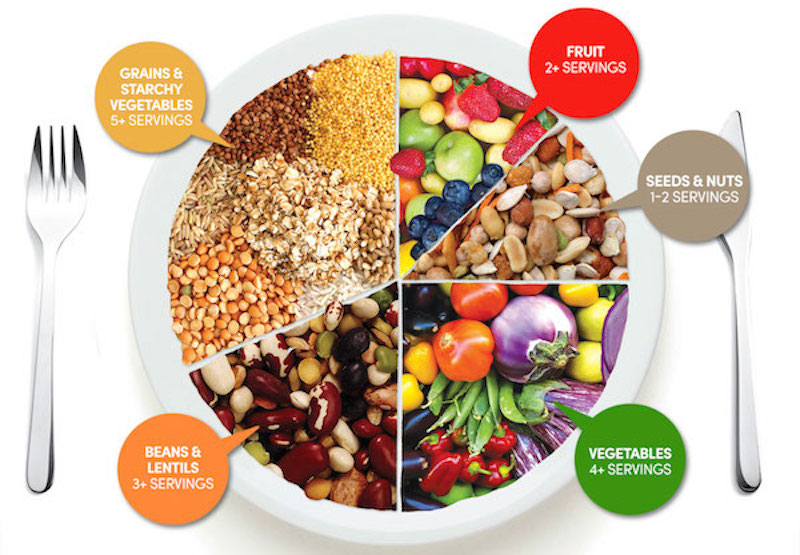
Foods that help reverse non-alcoholic fatty liver disease:
1) Four tablespoons of olive oil a day.
2) High fiber! More than 35 grams per day – High Fiber diets have been shown to reduce the progression of fatty liver disease. Fiber, found in plant-based foods like vegetables, legumes, fruit, and whole grains, helps to manage high blood sugar and treat insulin resistance, and therefore reduce symptoms of fatty liver disease. Fiber (which is not present in any animal-based food) also helps keep us satisfied, by making us feel full longer, so it helps us eat less than we would if the fiber was missing.
3) Soy protein has been shown to help reduce fatty liver. A review from 2019 found that soy protein reduced fat buildup in the liver. Soy protein contains antioxidants called isoflavones that help improve insulin sensitivity. Improving insulin sensitivity helps to reduce overall body fat and fat buildup in the liver.
Whole or minimally processed soy protein examples include:
Tofu
Edamame
Tempeh
Unsweetened soy milk
Miso soup
Soy contains a high content of the protein β-conglycinin — a common protein in legumes noted for its ability to help lower triglyceride levels and protect against visceral fat buildup. Additionally, tofu is a low-fat food that is a good source of protein, making it an ideal choice if you’re trying to limit your fat consumption.
4) Coffee also was shown to lower the risk of fibrosis in patients already diagnosed with NAFLD. Be aware that adding spoonfuls of sugar and full-fat creamers (I’m looking at you Keto Diet) may negate this benefit since fatty liver is made worse by excess added sugar and saturated fat in the diet.
5) Spinach is high in antioxidants and polyphenols that have shown protective effects against liver diseases in experimental studies. It’s honestly a superfood, so just figure out how to get this in 5 plus times a week.
6) Legumes, which include beans, lentils, soybeans, chickpeas, lupins, and peas, are rich sources of complex carbohydrates, proteins, dietary fiber, and minerals. Resistant starches in the legumes are converted into short-chain fatty acids (SCFA) by the gut microbiota, which has been shown to have positive effects on glucose and lipid metabolism. In a small randomized controlled trial of 42 premenopausal women with obesity, a diet rich in legumes showed a significant improvement in fat metabolism after 6 weeks. A separate case study showed a significant association between patients who ate a greater intake of legumes and a lower risk of NAFLD.
7) Cruciferous Vegetables. You know Brussels sprouts and broccoli are good for you, but they also appear to help block fatty liver as well as fight tumor cell growth, at least in animal studies. Brussels sprouts and broccoli sprout extract were given to mice in the lab and shown to boost levels of detoxification enzymes and protect the liver. In the same study, when mice were given broccoli, they developed less fatty liver disease and fewer tumors than mice that were not fed broccoli. So eat your broccoli!
8) Grapefruit has been shown to lower lipids in the blood as well as reduce inflammation, which is helpful in the case of fatty liver. The antioxidants in grapefruit, along with other citrus fruits, cranberries, and grapes, all are known as hepatoprotective phytochemicals that help protect the liver from fat buildup. Two specific antioxidants in grapefruit, naringenin and naringin, have been shown in animal studies to be beneficial for the treatment of obesity, diabetes, hypertension, and metabolic syndrome, all of which increase risk of fatty liver disease. Researchers have shown that grapefruit extract, given to mice on a high-fat diet, boosted the enzymes needed to burn fat, and help prevent fat from getting clogged in the liver.
9) Whole Grains. People who eat more whole grains and unrefined flour, such as oats, quinoa, rye, barley, and farro, were able to prevent and reverse NAFLD. In a study where two groups of participants were given either whole grains or regular cereal (made with refined flour), after 12 weeks the ones eating the diet with whole grains did better. The study “demonstrated that consumption of whole grains for 12 weeks had beneficial effects on hepatic (liver) steatosis (fatty) and liver enzyme concentrations in patients with Non-Alcoholic Fatty Liver Disease.”
10) Walnuts. Foods high in omega-3 fatty acids have been shown to reverse fatty liver in studies. A meta-analysis review of studies in 2016 suggested that consuming omega-3 fatty acids improves levels of liver fat and raises HDL (aka good) cholesterol levels in people with non-alcoholic fatty liver disease. These are heart-healthy fats from plant-based sources such as nuts, seeds, and algal oil, derived from algae.
Good sources of omega-3 fatty acids include:
Walnuts
Flax seeds
Hemp seeds
Chia seeds
Algal oil
11) Nuts: Another review of studies done in China in 2019 found that people who ate a diet rich in nuts had a decreased risk of nonalcoholic fatty liver disease. Nut consumption has been associated with a lower risk of type 2 diabetes, metabolic syndrome, and insulin resistance, all of which raise your odds for NAFLD. The researchers found that diets with a higher intake of nuts are associated with a decreased risk of NAFLD, particularly in men.
12) Tea. The flavonoids in tea are helpful to help flush fat out of the liver, studies have found. Research has suggested that a higher flavonoid intake is associated with a lower likelihood of fatty liver, across various ethnicities. Flavonoids are plant chemicals (or phytonutrients) that provide health benefits through cell signaling pathways and antioxidant effects. Flavonoid-rich foods are foods of a plant origin only.
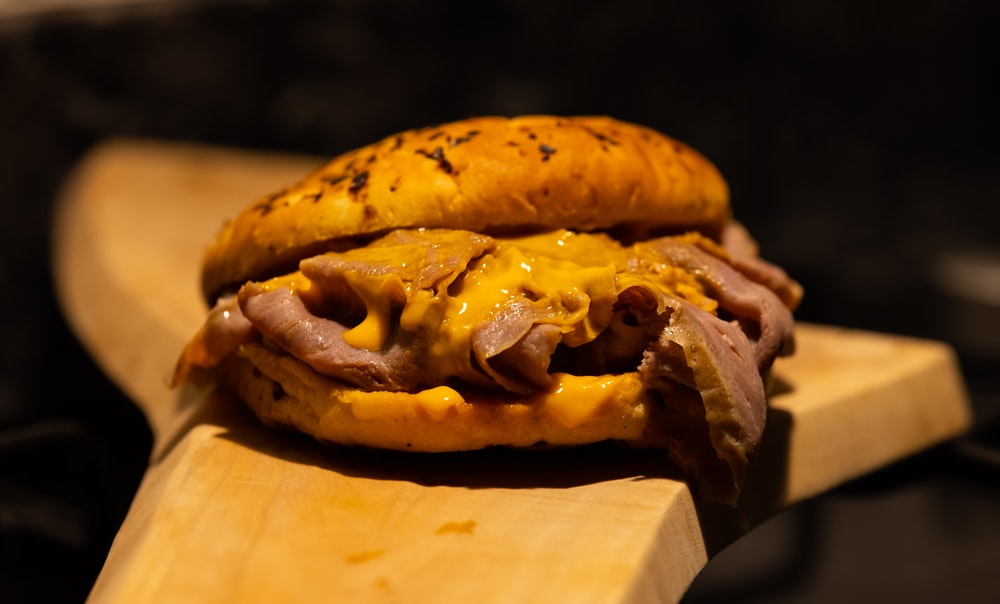
Foods and drinks to reduce/cut out with fatty liver disease (you know I rarely say “avoid” altogether):
• All Meat. A review from 2019 noted that saturated fat intake from meat increases the amount of fat that builds up in and around the organs, including the liver.
• Alcohol. This one is obvious, but alcohol is the most common cause of fatty liver disease. A person with fatty liver should reduce their intake of alcohol or remove it completely.
• Added Sugar. Sugar that occurs naturally in fruit or whole foods (such as vegetables) is not a bad thing since it comes with fiber. However, we want to reduce excess pop added sugars, as they can contribute to high blood sugar levels and excess fat in the liver. Studies suggest that high fructose intake is associated with a fatty liver. But don’t give up fruit since fruit is packed with nutrients and fiber, and is a minor source of fructose. The biggest source is high-fructose corn syrup. Reduce the sweetened drinks, pastries, cookies, desserts, and breakfast cereals.
• Salt and Hidden Sodium. A recent study suggests that high salt intake is associated with elevated risks of developing NAFLD. A Korean study in PLOS One measured salt in the urine for 24 hours, and high levels correlated with markers for fatty liver disease. This could be because salt disrupts the blood pressure system, which impacts the liver, or because salt is prevalent in high-fat, high-energy foods, most likely to cause fatty liver.
Bottom Line: You can reverse fatty liver. If you can remember the acronym SOF, for Soy (natural sources), Omega 3’s, and Flavonoids (plant compounds), when planning your whole-food, plant-based diet, you’re on your way.
Some recipes that can get you started:
1) https://www.plantb.tv/budget-meals
2) https://hr.ucmerced.edu/files/documents/plant_bsed_helathy_plate.pdf
And one here you can batch cook for the week!
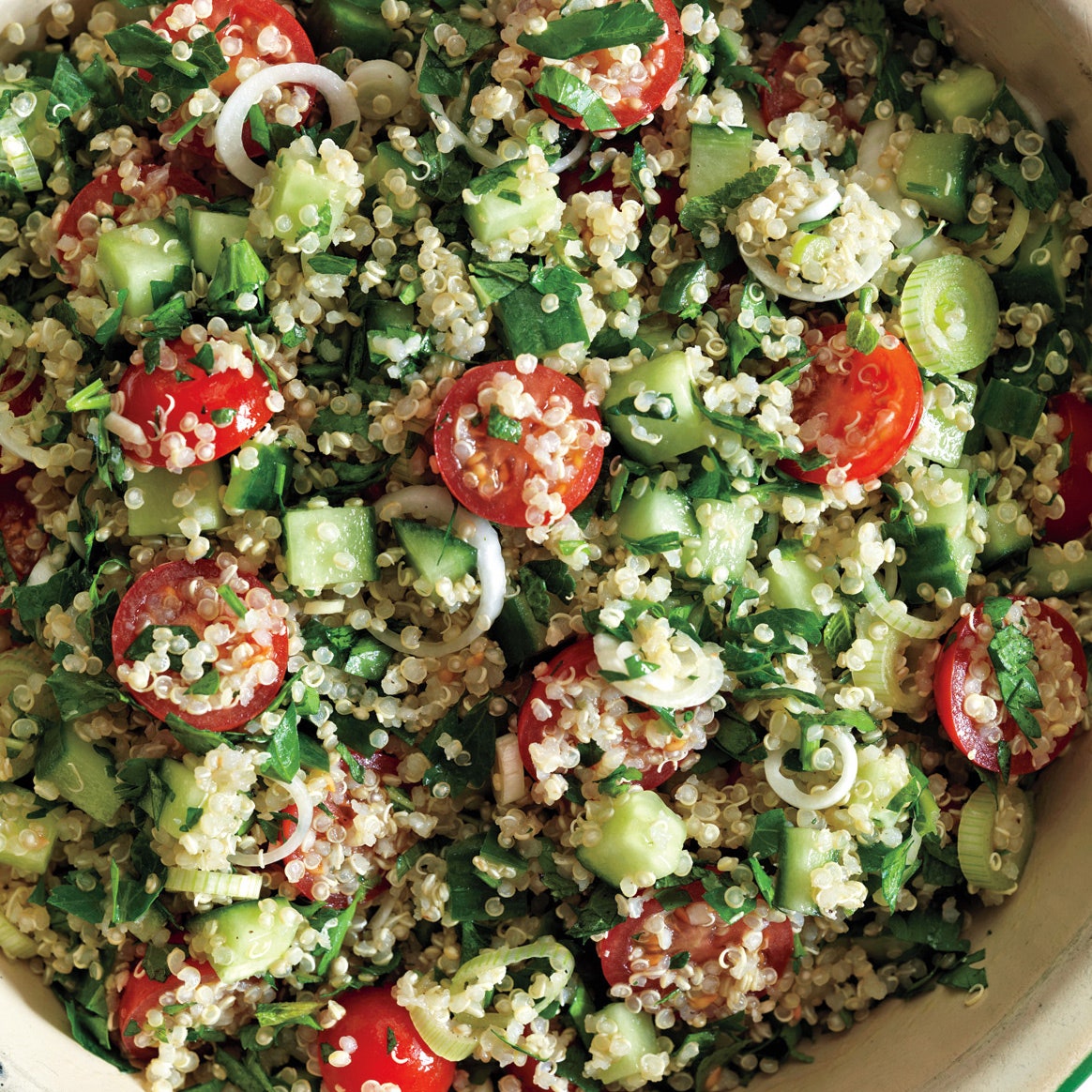
Quinoa Tabbouleh Salad Recipe
This plant-based salad serves a family of four and is packed with liver-friendly ingredients.
Quinoa is technically a seed but considered a whole grain and complex carb, making for a healthier diet. This recipe also has fiber, protein, unsaturated fat from the olive oil, and fresh ingredients like cucumbers, carrots, and tomatoes.
What you’ll need:
• 1 cup of quinoa, rinsed and dried
• 2 cups of water
• 1 bunch of fresh parsley, finely chopped
• 1⁄2 bunch of fresh mint, finely chopped
• 2 carrots, shredded
• 1 pint of cherry tomatoes
• 1⁄2 cucumber, diced
• 3 green onions, sliced
• 2 tablespoons of olive oil
• 3 tablespoons of fresh squeezed lemon juice (can substitute with a lemon)
• 1⁄2 teaspoon of onion powder
• 1⁄2 teaspoon of salt
• A dash of black pepper
Directions:
1) Add one cup of washed quinoa and two cups of water in a pot until boiling and then reduce to a simmer for 10-15 minutes.
2) While the quinoa is cooking, prep the parsley, mint, carrots, cherry tomatoes, cucumbers, and green onion and set aside.
3) After the 15-20 minutes, spread the quinoa out on a large plate to cool.
4) In a small bowl, combine the olive oil, lemon juice, onion powder, salt, and black pepper to make a dressing.
5) Finally, combine all the ingredients and dressing together in a large bowl. Toss to mix thoroughly.
This recipe is endorsed by Lorraine Bonkowski, R.D., and can be found at the University of Michigan’s MHealthy with additional nutritional information.
Now go cleanse yourself now that you know how. 😉
Here’s to organ health and healing,
Miriam Jirari (she/her) MPH, RDN, CPT, Intuitive Eating Counselor
Studio SWEAT Dietitatin

Resources:
1) https://www.uchicagomedicine.org/forefront/gastrointestinal-articles/fatty-liver-disease-diet
2) https://www.medicalnewstoday.com/articles/320082#when-to-seek-help
3) https://www.pcrm.org/news/health-nutrition/vegan-diets-improve-liver-function#:~:text=Vegan%20diets%20improve%20liver%20function%20in%20patients%20with%20nonalcoholic%20fatty,calorie%20intake%2C%20and%20liver%20function.


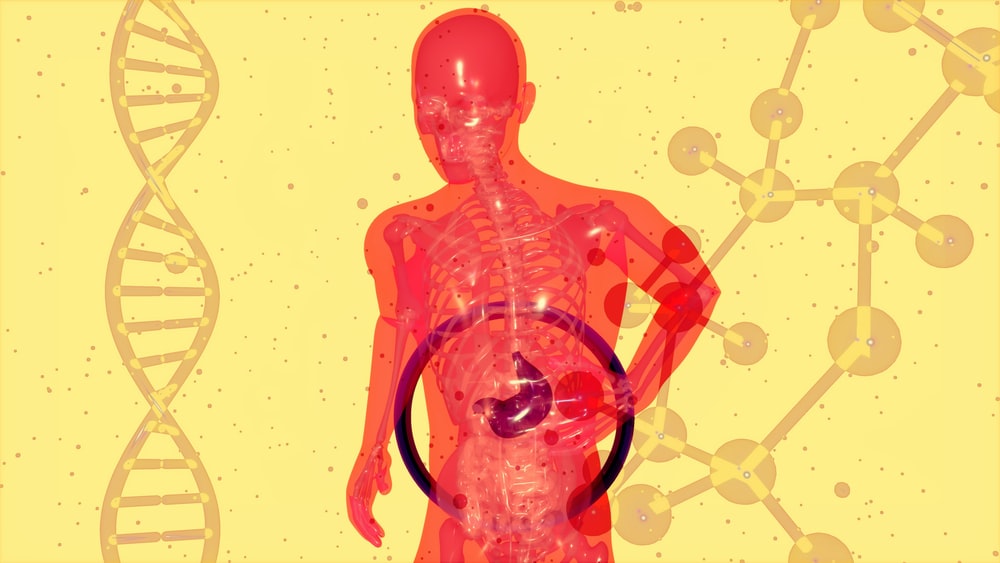

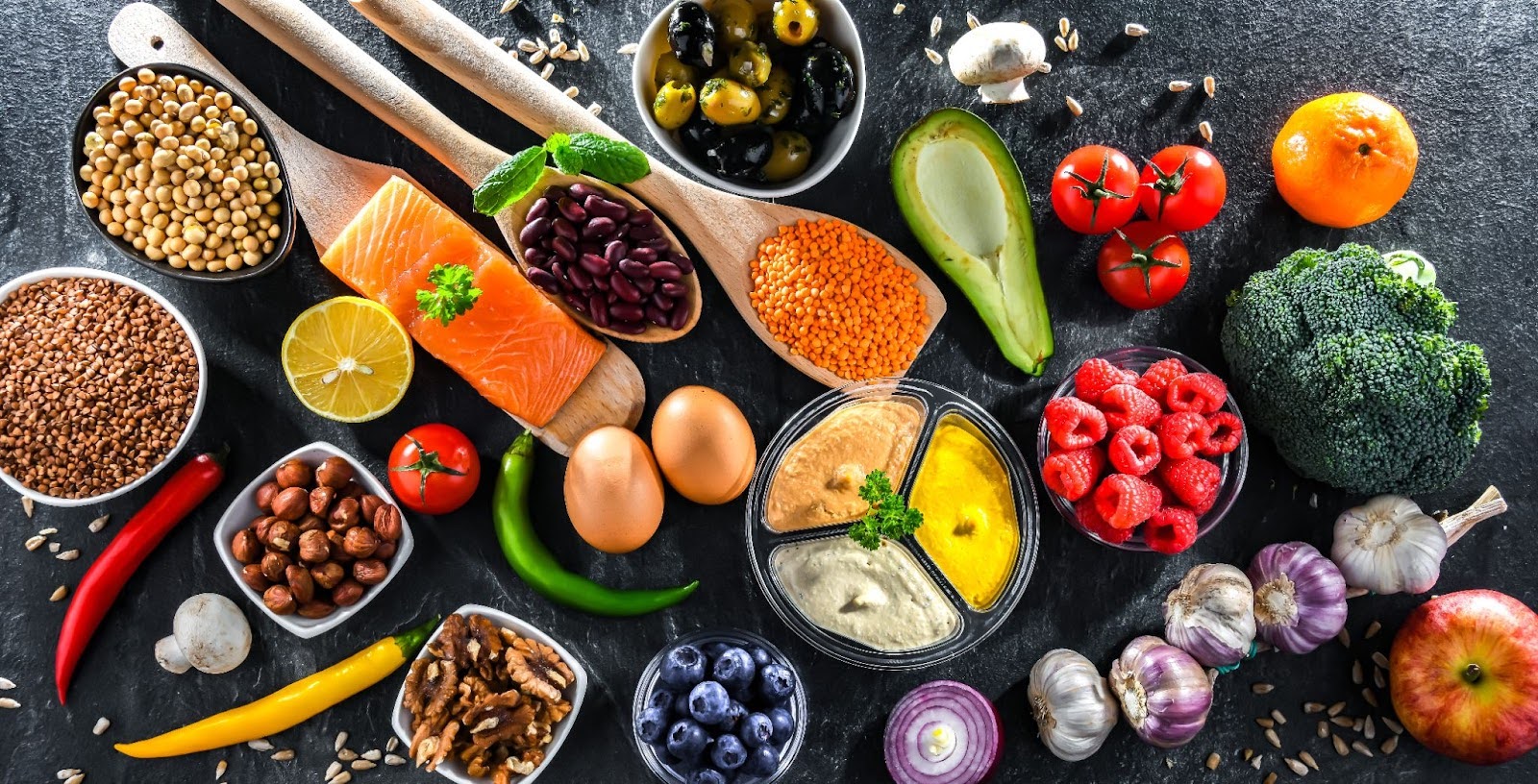





Comments - 0